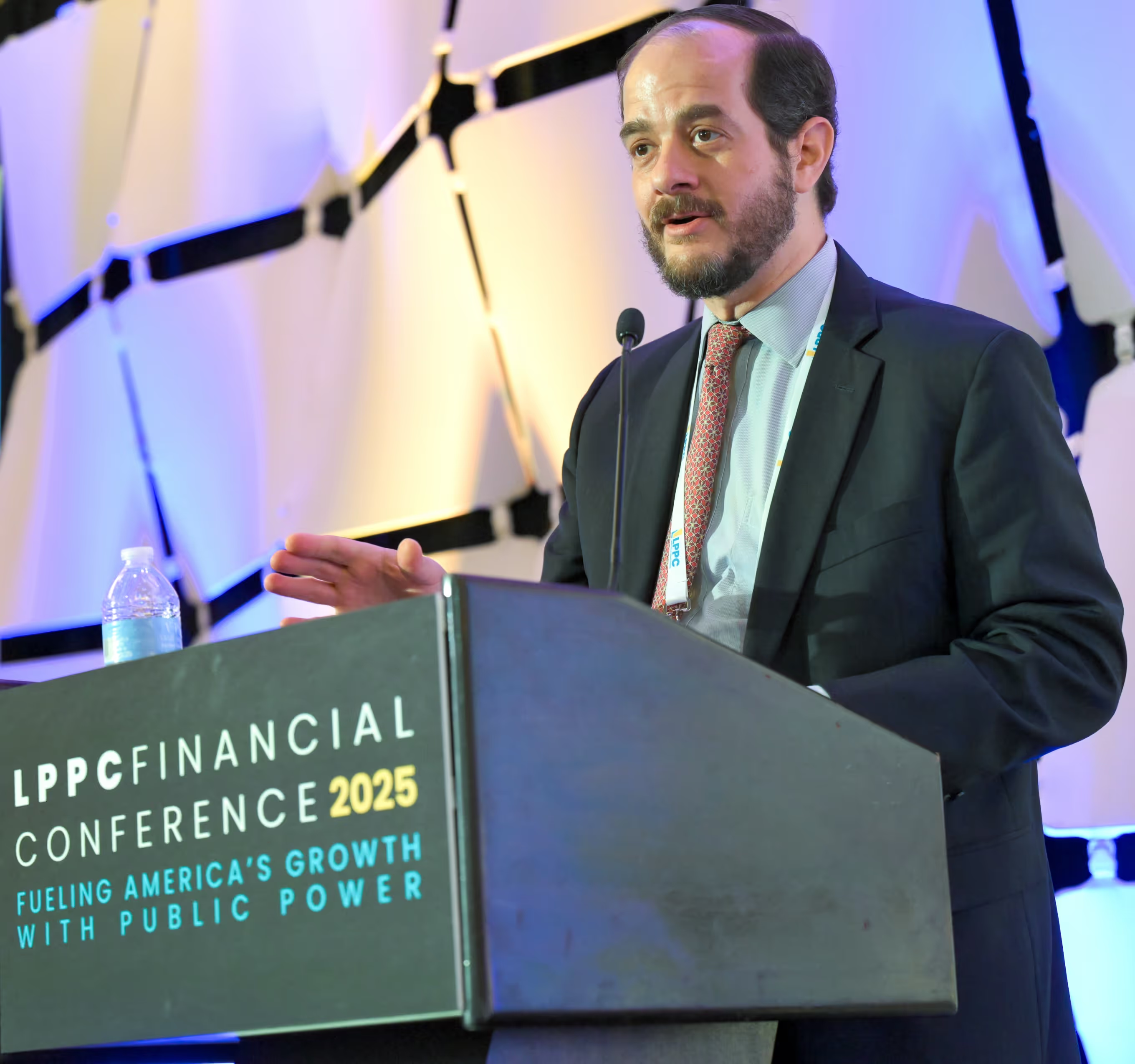Reforming FEMA and improving the Section 409 Grant Program will help public power utilities recover from disasters faster.
When disasters strike – hurricanes, wildfires, floods – restoring electricity is one of the most critical steps in helping communities recover. FEMA plays a vital role in supporting local communities and utilities through recovery funding. Since 2010, LPPC members have received FEMA support of nearly $20 billion for storm recovery costs and to strengthen and harden electric grids against future disasters.
We value FEMA as an essential partner. But like any organization, there is room to improve. Too often, utilities face unnecessary delays, red tape, and a one-size-fits-all approach that slows recovery and increases costs.
LPPC supports commonsense FEMA reforms that help public power utilities restore service faster and build resilience. There is encouraging momentum for the bipartisan Fixing Emergency Management for Americans (FEMA) Act of 2025 (H.R. 4669) introduced by Chairman Sam Graves (R-MO) and Ranking Member Rick Larsen (D-WA) of the House Transportation and Infrastructure Committee. This bill provides project-based grants to rebuild damaged infrastructure, helping to cut years of approvals and delays, which would save time and money, reduce bureaucracy, and strengthen resiliency.
Principles for FEMA Reform
To ensure public power utilities can deliver a timely recovery and strengthen resilience, LPPC builds on the already excellent FEMA Act by suggesting:
- Recognize industry standards. FEMA should broaden what counts as a “building code” to include electric industry and utility safety standards — particularly when those standards are designed for the kinds of disasters common in that region.
- Streamline approvals. Reviews of projects should be timely, as outlined in the bill— paired with detailed feedback when items are rejected — to help utilities stay on track and avoid unnecessary resubmissions or delays.
- Account for the unpredictable. Project estimates should allow for a one-time adjustment if unexpected, unforeseeable challenges arise.
- Set realistic timelines. The current two-year window to adjust project estimates is often too short, given the time required to bid, hire, and procure goods in a FEMA-compliant manner. Longer timelines would help ensure success and reduce rushed, costly decisions.
- Support utility readiness. Utilities that develop and follow their own disaster readiness and resiliency plans should qualify for a higher federal cost share.
- Respect proven procurement processes. Utilities should be allowed to use their own procurement processes — the same ones they use when spending their own money — rather than being forced to re-procure goods and services solely to meet federal rules, often at higher cost and with significant delays to the project.
- Permitting the reimbursement of prudent pre-event preparedness activities — such as staging, transporting, and pre-positioning equipment and other resources to protect lives, property, and public health — is critical. These actions are essential for a rapid grid recovery but discouraged by FEMA’s interpretation of the Stafford Act, which focuses on whether the resources are ultimately used. By the time a storm’s trajectory is certain, it is often too late to deploy resources effectively. Today, FEMA generally reimburses pre-positioning costs only if the resources are used during a federally declared disaster, with two limited exceptions, although some entities have successfully litigated this interpretation. Clarifying that prudent pre-positioning is eligible for reimbursement would promote proactive response, faster restoration, and reduce the need for litigation after the fact.
Additional Areas for Improvement
FEMA should also improve communication and staffing continuity. Currently, utilities may experience turnover of 4–6+ FEMA staff handling a single grant, creating confusion and lost institutional knowledge. Establishing a dedicated utility liaison with expertise in the electric industry would help resolve misunderstandings and streamline decisions.
Our Commitment
LPPC members are committed to restoring power quickly and safely after disasters, and to making the grid stronger and more resilient. FEMA is a critical partner in this mission. By reforming its policies and programs, FEMA can help utilities recover faster, cut red tape, and deliver the reliable service that millions of Americans depend on.
Learn More About Key Issues













